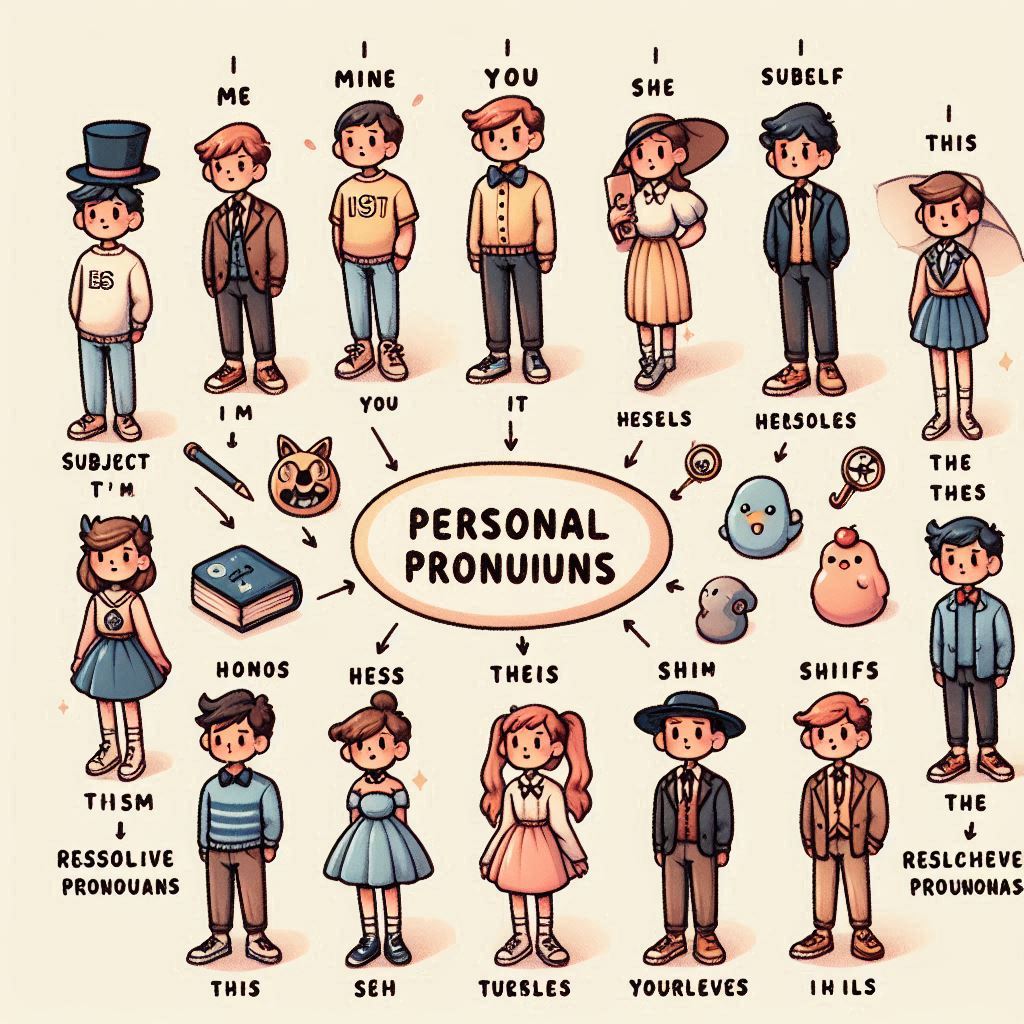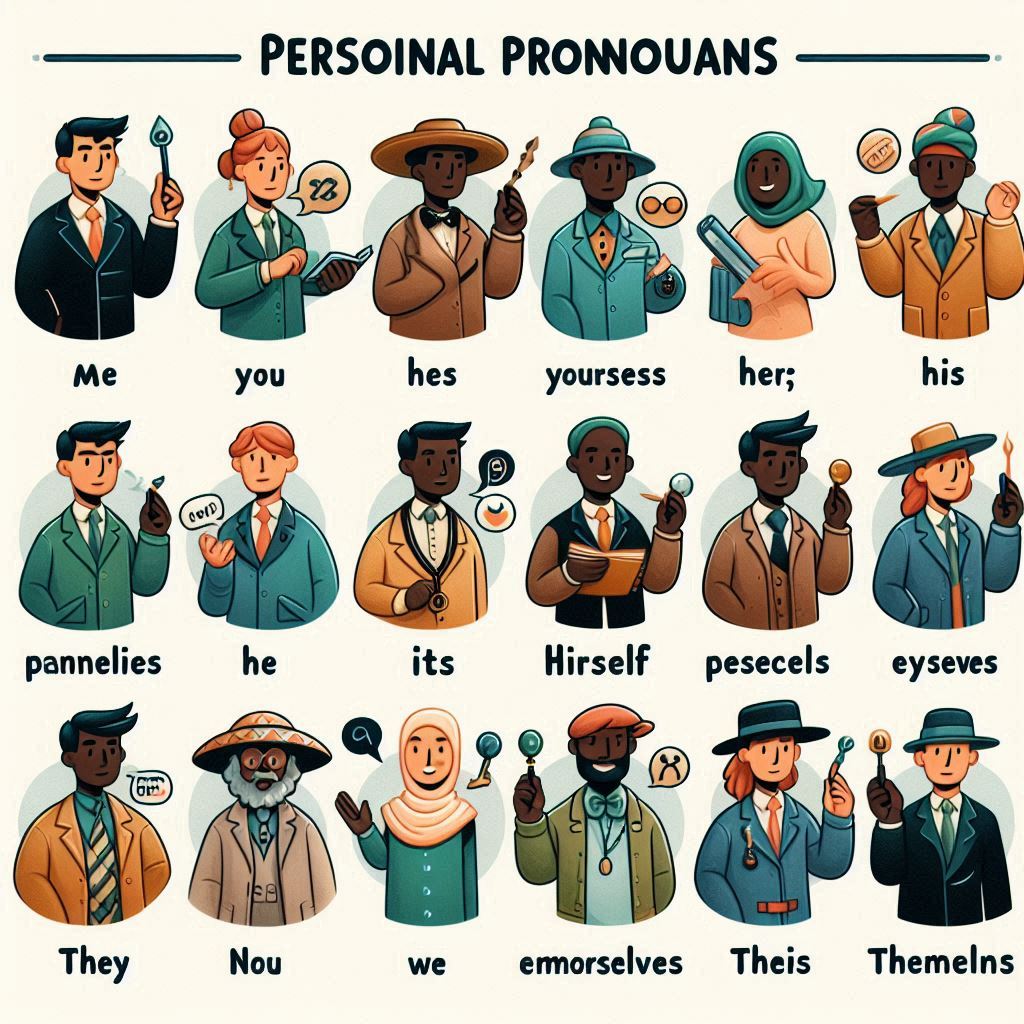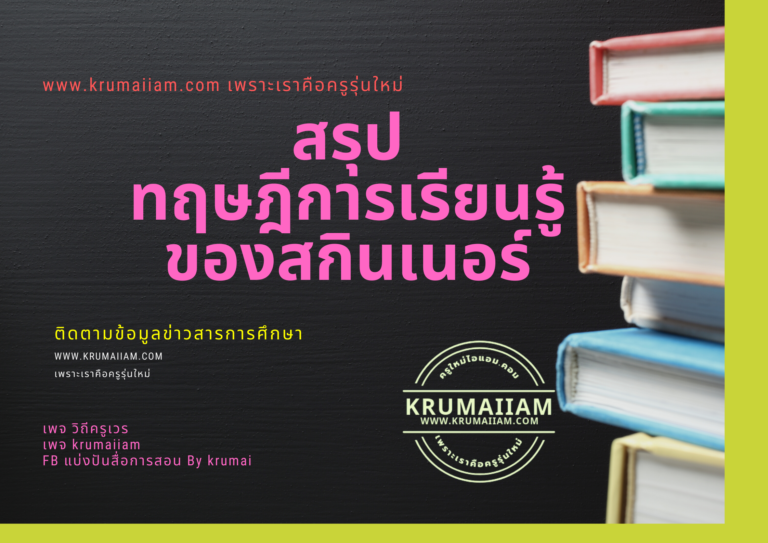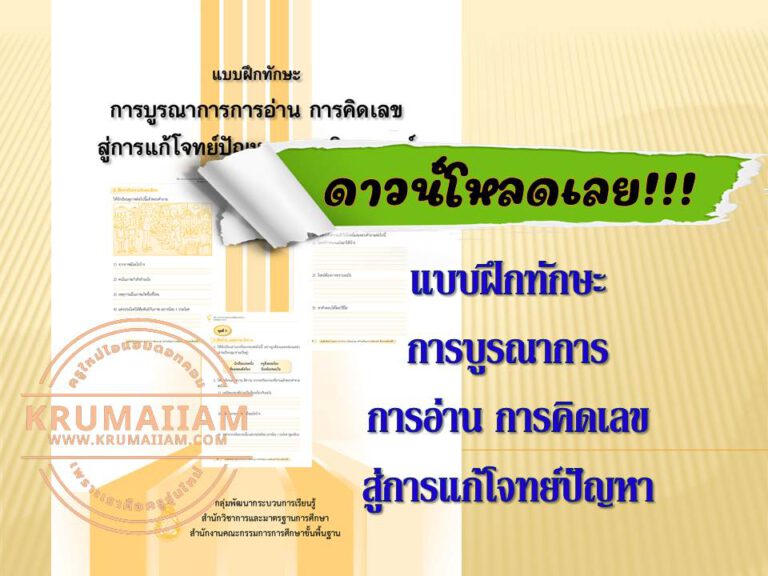การใช้ Pronouns ให้ถูกต้องและไม่สับสน
เรียนรู้การใช้ Pronouns ให้ถูกต้องเพื่อลดความสับสนในการสื่อสารและการเขียน
เมื่อพูดถึง **Pronouns** ในภาษาอังกฤษ มีหลายประเภทที่ควรรู้จัก ซึ่งใช้แทนคำนามเพื่อลดความซ้ำซ้อนในประโยค และทำให้ประโยคกระชับมากขึ้น นี่คือบางประเภทของ Pronouns ที่ควรรู้จัก:
1. **Personal Pronouns (สรรพนามแทนบุคคล)**:
– ใช้แทนคน สัตว์ สิ่งของ แบ่งออกได้ตามตารางด้านล่าง:
– กลุ่มประธาน (Subject Pronouns): I, You, We, They, He, She, It
– กลุ่มกรรม (Object Pronouns): me, you, us, them, him, her, it
– กลุ่มคำคุณศัพท์ (Possessive Adjectives): my, your, our, their, his, her, its
– กลุ่มสรรพนามเจ้าของ (Possessive Pronouns): mine, yours, ours, theirs, his, hers, its
2. **Demonstrative Pronouns (สรรพนามชี้แสดง)**:
– ใช้แทนวัตถุหรือคนที่เราต้องการกล่าวถึง ตัวอย่าง:
– “This is my cat.” (นี้คือแมวของฉัน)
– “That is a beautiful sunset.” (นั่นเป็นพระอาทิตย์ตกที่สวยงาม)
– “These are my friends.” (คนพวกนี้คือเพื่อนของฉัน)
– “Those birds are flying high.” (นกกลุ่มนั้นบินสูงลิ่ว)
3. **Relative Pronouns (สรรพนามที่เชื่อมคำหลักกับ Relative Clause)**:
– ใช้เชื่อมคำหลักกับ Relative Clause ตัวอย่าง:
– “The man who is wearing a red shirt is my friend.” (ผู้ชายที่ใส่เสื้อสีแดงคือเพื่อนของฉัน)
– “The book that I borrowed from the library is interesting.” (หนังสือที่ฉันยืมจากห้องสมุดน่าสนใจ)
4. **Interrogative Pronouns (สรรพนามใช้ในคำถาม)**:
– ใช้ในคำถามเพื่อขอข้อมูล ตัวอย่าง:
– “Who is coming to the party?” (ใครจะมางานเลี้ยง?)
– “What did you eat for breakfast?” (คุณกินอะไรเมื่อเช้า?)
– “Which book do you recommend?” (คุณแนะนำหนังสือเล่มไหน?)
5. **Indefinite Pronouns (สรรพนามไม่จำกัด)**:
– ใช้แทนคน สิ่งของ หรือจำนวนที่ไม่แน่นอน ตัวอย่าง:
– “Everyone is invited to the event.” (ทุกคนได้รับเชิญเข้าร่วมงาน)
– “Somebody left their umbrella in the café.” (มีคนหนึ่งทิ้งร่มไว้ที่ร้านกาแฟ)
- Personal Pronouns:
- Subject pronouns: I, you, he, she, it, we, they
- Object pronouns: me, you, him, her, it, us, them
- Possessive Pronouns:
- Mine, yours, his, hers, its, ours, theirs
- Reflexive Pronouns:
- Myself, yourself, himself, herself, itself, ourselves, yourselves, themselves
- Demonstrative Pronouns:
- This, that, these, those
- Interrogative Pronouns:
- Who, whom, whose, which, what
- Personal Pronouns:
- Subject pronouns: I, you, he, she, it, we, they
- Object pronouns: me, you, him, her, it, us, them
- Possessive Pronouns:
- Mine, yours, his, hers, its, ours, theirs
- Reflexive Pronouns:
- Myself, yourself, himself, herself, itself, ourselves, yourselves, themselves
- Demonstrative Pronouns:
- This, that, these, those
แหล่งข้อมูล: การสนทนากับ Copilot 3/7/2567
(1) อธิบาย Pronoun ทั้ง 8 ประเภท แบบ …. https://www.globish.co.th/blog/professional/pronoun.
(2) 5 ประเภทของ Pronoun ที่ต้องรู้ …. https://bing.com/search?
(3) 5 ประเภทของ Pronoun ที่ต้องรู้ …. https://speakup.ac.th/5-pronoun-types/.
(4) Relative Pronouns คืออะไร ใช้ยังไง มี …. https://top5english.com/relative-pronouns-%e0%b8%a7%e0%b8%b4%e0%b8%98%e0%b8%b5%e0%b9%83%e0%b8%8a%e0%b9%89/.
(5) ย่อยมาให้แล้ว! Pronoun คืออะไร …. https://monkeyeveryday.com/blog/post/how-to-use-pronoun.
(6) 5 ประเภทของ Pronoun ที่ต้องรู้ …. https://bing.com/search?q=Pronouns
(7) หลักการใช้ Pronoun ฉบับเข้าใจ …. https://www.dailyenglish.in.th/pronoun/.










